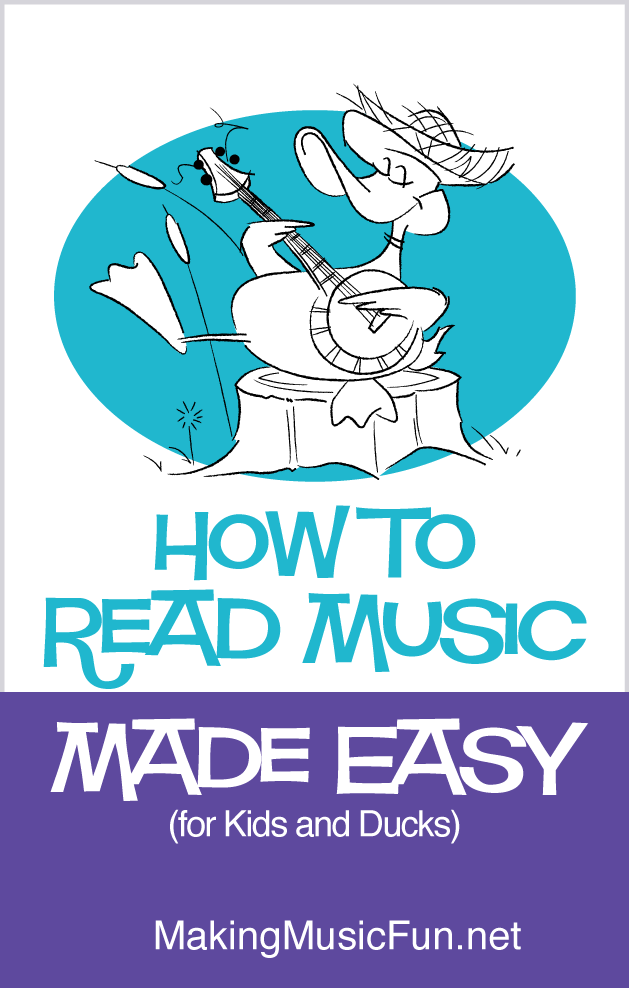
Every great musician didn't know a thing when they started. If you're ready to follow in their footsteps this guide is the perfect place to start. By the time you get to the end you'll be well on your way to being a great musician too!

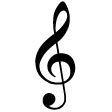
The notes in the TREBLE CLEF (G Clef) are the middle and high notes. The purpose of this clef is to show where "G" is positioned on the staff. (The "G" line is the second line from the bottom, where the treble clef gets all swirly.)
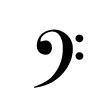
The notes in the BASS CLEF are the middle and low notes. The purpose of this clef is to show where "F" is positioned on the staff. (The "F" line is the fourth line from the bottom, in between the two dots.)
All other notes are positioned on the staff relative to these notes.



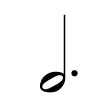
The DOTTED HALF NOTE receives 3 BEATS (Count 1-2-3)
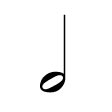
The HALF NOTE receives 2 BEATS (Count 1-2)
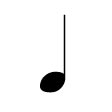
The QUARTER NOTE receives 1 BEAT (Count 1)

The WHOLE REST is a unique rest. It often means to rest for four beats, though simply means rest for the "whole" measure.

The HALF REST receives 2 BEATS (Count 1-2)
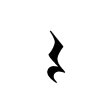
The QUARTER REST receives 1 BEAT (Count 1)
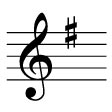
The KEY SIGNATURE tells you which notes to play flat or sharp.
Sometimes there are flats or sharps in the key signature. Sometimes there's nothing at all. If flats appear in the key signature, those notes should be lowered one half step throughout the piece. If sharps appear in the key signature, those notes should be raised one half step throughout the piece.
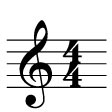
The TOP NUMBER tells you how many beats there are in each measure.
The BOTTOM NUMBER tells you what kind of note get the beat.
In this example each measure receives 4 beats, and the quarter note gets the beat.
That's it. That's the basic stuff that musicians know to play and write the music we hear every day. Congratulations on your choice to learn music!
Timeless teacher favorites that make theory stick — year after year.

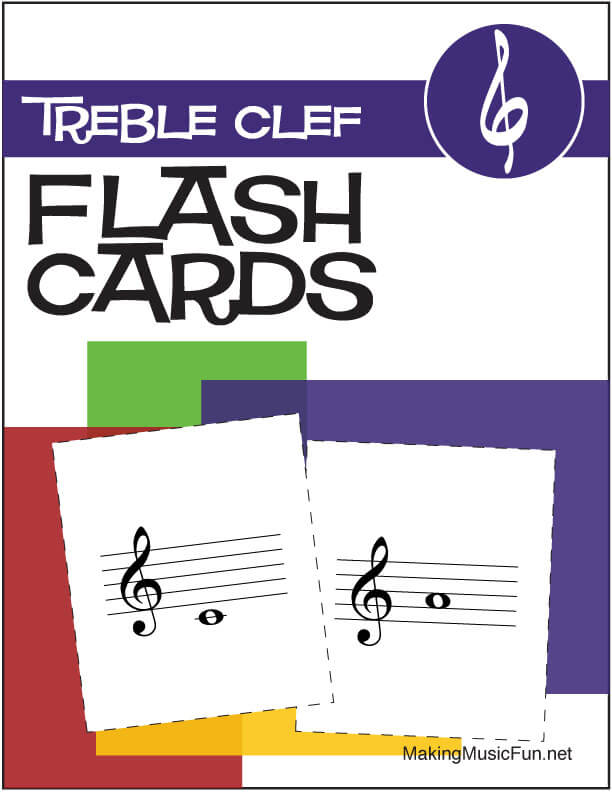
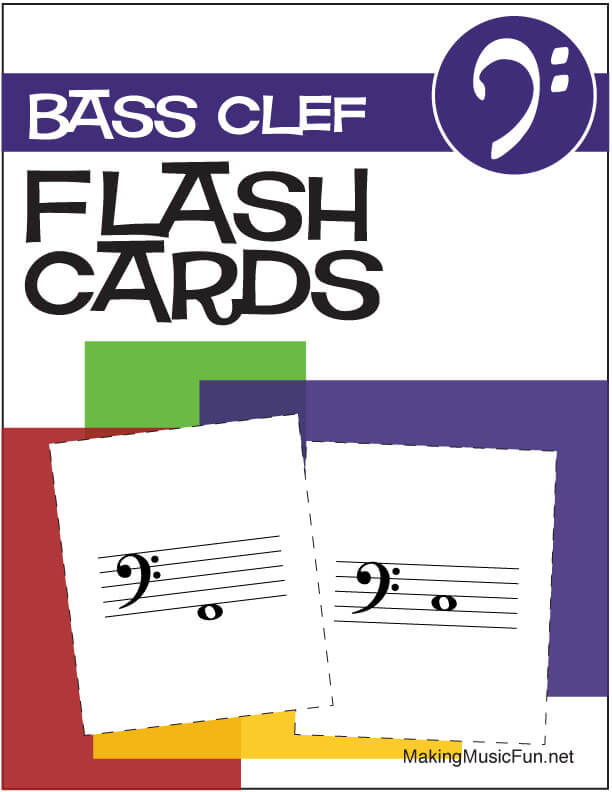


Freshly pressed — brand-new resources your students will love!